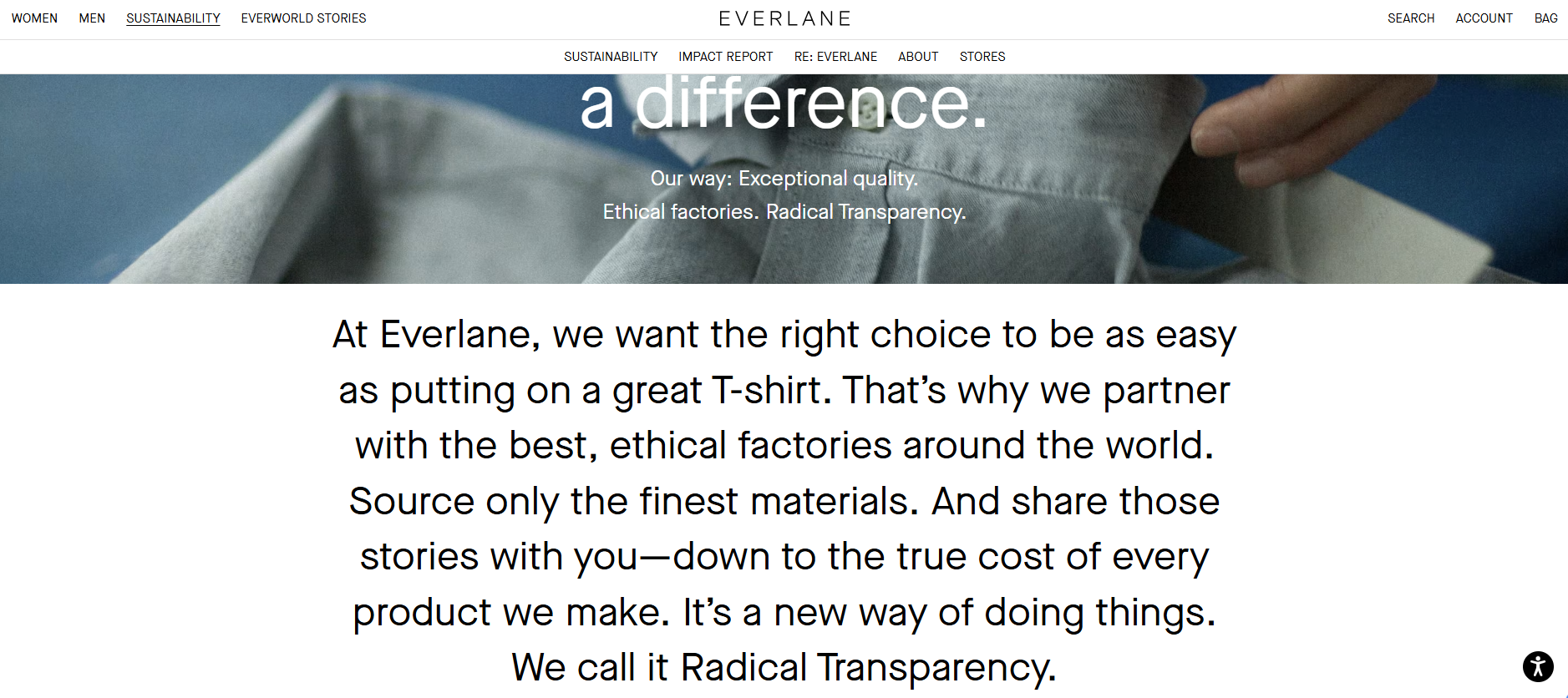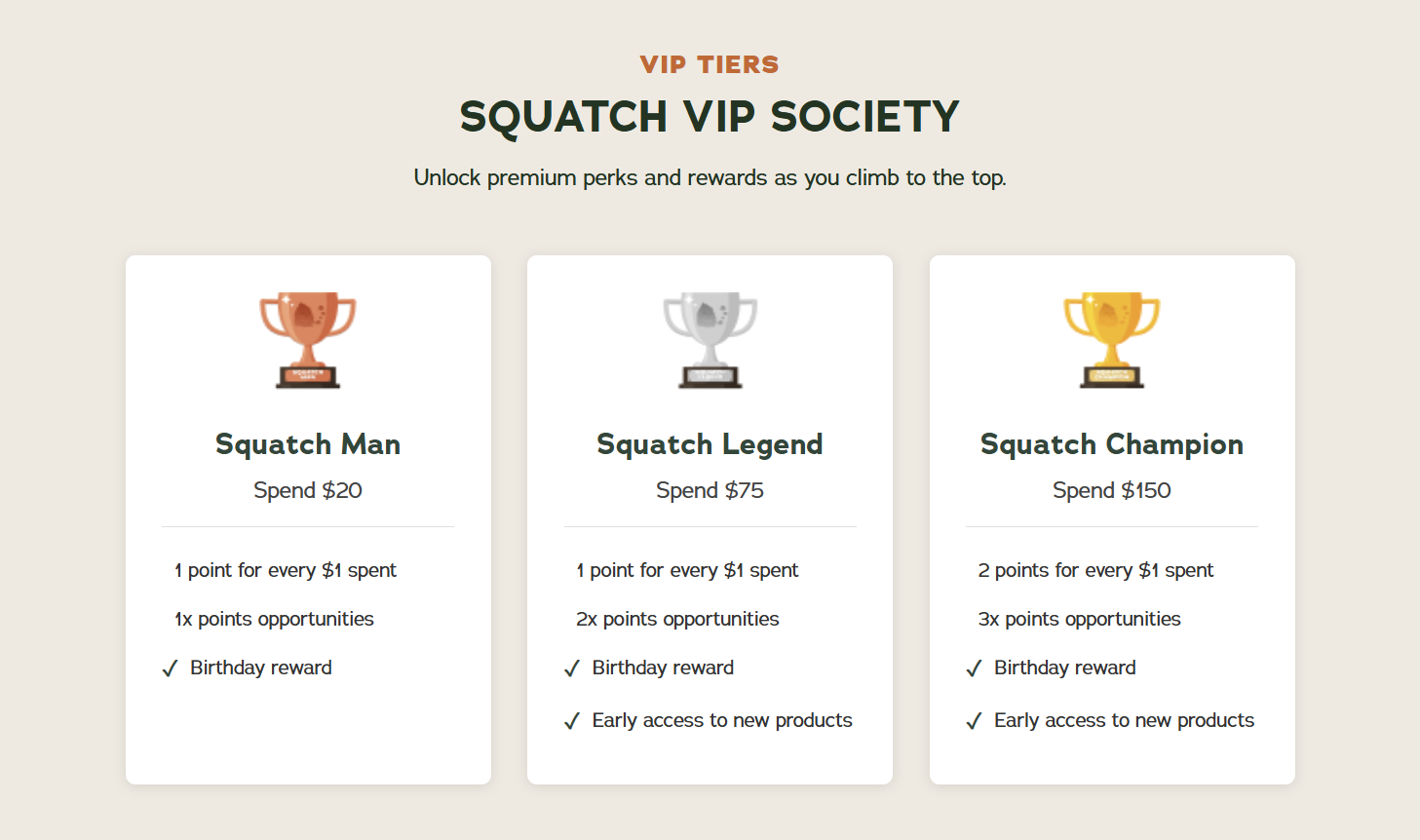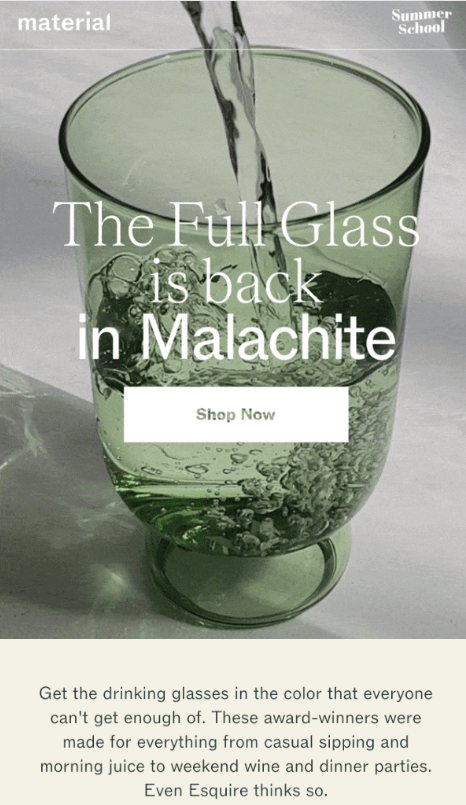
The Low-Discount, High-Profit Playbook
Discounts are everywhere. And for many brands, they’ve become the default. But if every sales boost depends on a discount code, you’re not really growing. You’re just cutting into profit.
This post is your guide to using them strategically, avoiding the traps of constant promotions, and learning what profitable brands do to grow without racing to the bottom.
The Hidden Cost of Constant Discounts
Discounts can jumpstart sales. But when they become the norm, they become a problem. Here’s what happens when you lean too hard on discounts:
- You draw discount-driven buyers: They’re here for the deal, not your brand, so they’re unlikely to come back without another code.
- Your product loses perceived value: Frequent markdowns send the message that your product isn’t worth full price.
- You leave no room for profitability: Repeated discounts combined with other costs leave little room for your net profit.
- Raising prices becomes a challenge: Once customers get used to a lower price, raising it feels like a betrayal.
Smart Discounting That Still Protects Margins
Not all discounts are bad. The key is knowing when to use them, and when they do more harm than good.
With the right plan, discounts stop being random & start being strategic:
- Intro offers for first-time buyers: Offer a one-time 10–15% discount to reduce friction for new customers.
- Targeted win-back campaigns: Identify high-value customers who haven’t bought in 90+ days and previously had a high AOV. These are worth bringing back with a personalized offer.
- Exclusive sales for VIPs: Identify your VIPs based on CLV or Repurchase Rate (RPR) and offer them special discounts as a reward for their loyalty. But be careful, you might want to offer rewards beyond just discounts. If your best customers learn to hold out for discounts, it can quietly chip away at your profits over time.
- Limited-time seasonal drops: Tie your discounts to clear, time-bound events (like holidays or seasonal launches) to create urgency without making promos feel constant.
- Clearance sales: Use discounts to move slow-moving or outdated inventory.
How Great Brands Sell Without Constant Discounts
The best eCommerce brands don’t train customers to wait for sales. They give people compelling reasons to buy even at full price.
Here’s how they do it:
1. They focus on perceived value, not just price
Great brands make customers feel like they’re getting more through quality, storytelling, community, or experience.
Everlane knows this and leans into it. Their “Radical Transparency” approach shows customers exactly where their money goes—materials, labor, markup, etc. Shoppers aren’t just buying a $98 pair of pants—they’re buying into the brand’s honesty, ethics, and commitment to quality.


2. They use value-building offers instead of discounts
Instead of taking money off, offer more. BOGO feels like a 50% discount, but it costs far less.
Smart brands use this kind of thinking to offer more without giving away the margin.
Instead of cutting prices, they add more reasons to buy, especially for existing customers:
- Early access to new drops
- Loyalty perks for repeat purchases
- Personalized bundles based on order history


3. They push high-RPR and profitable products
Not all products are created equal. Smart brands actively promote items with a high repurchase rate or most profitable items.
One brand has boosted their repurchase rates by 23% in just 30 days (a strategy shared by The Sauce):
- Identify your top 2–3 products by Repurchase Rate (RPR).
- Segment post-purchase flows based on first purchase SKU.
- Recommend follow-up products that naturally lead to a second purchase.
For example: A brand noticed customers who buy their khaki pants are most likely to come back. So they sent a reminder to restock or suggested matching tops a few weeks later.


One Last Thought
Discounting is just part of the story. What really matters is building a brand that lasts—one that your customers value beyond the price tag.
If you ever want to swap ideas, get advice, or just hear from others who understand the ups and downs of growing a profitable store, ProfitTribe is a welcoming space where eCommerce owners support each other.
Feel free to drop by anytime. You don’t have to figure this out alone.

Founder of TrueProfit & eCommerce Profitability Expert
Harry Chu is the Founder of TrueProfit, a net profit tracking solution designed to help Shopify merchants gain real-time insights into their actual profits. With 11+ years of experience in eCommerce and technology, his expertise in profit analytics, cost tracking, and data-driven decision-making has made him a trusted voice for thousands of Shopify merchants.




